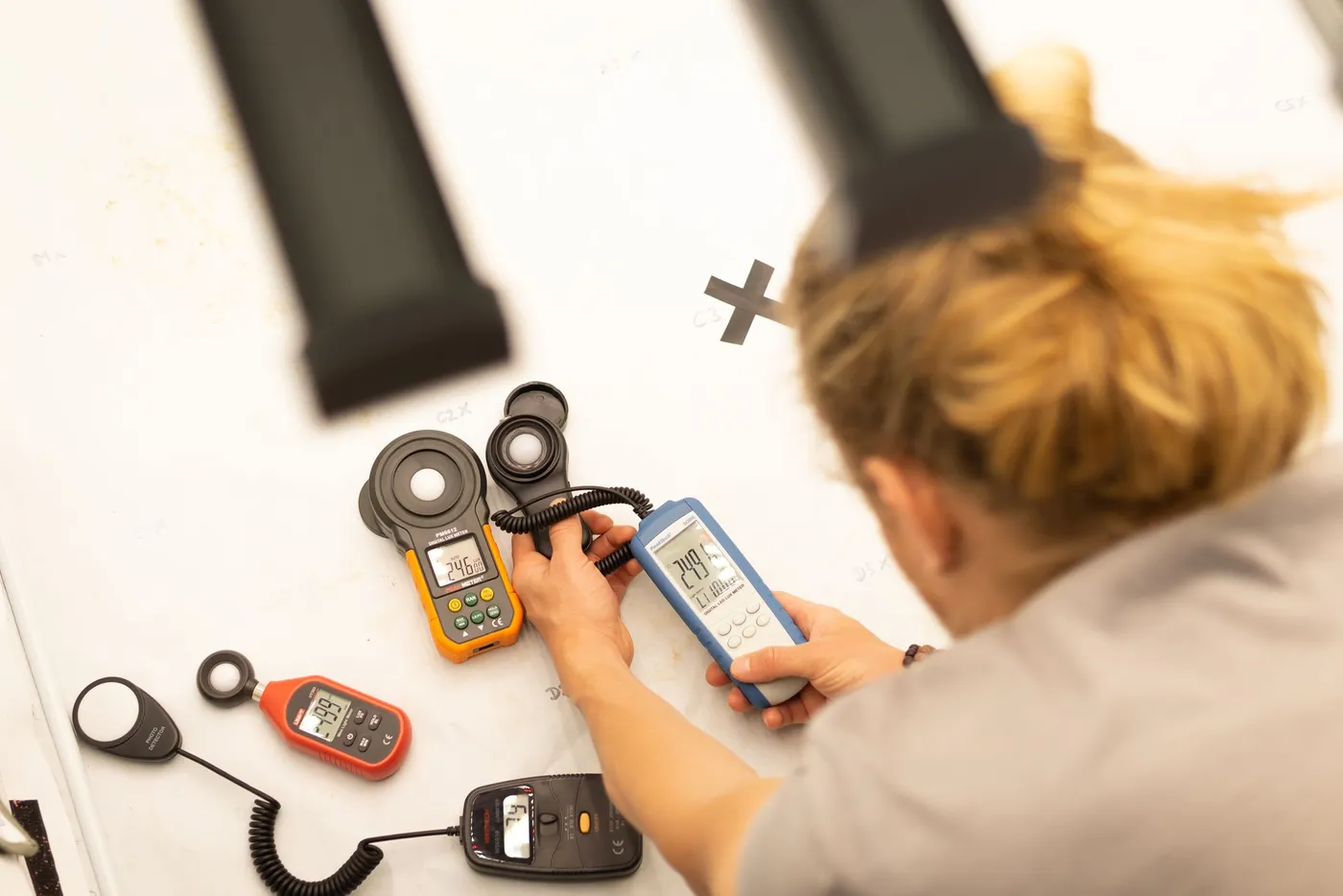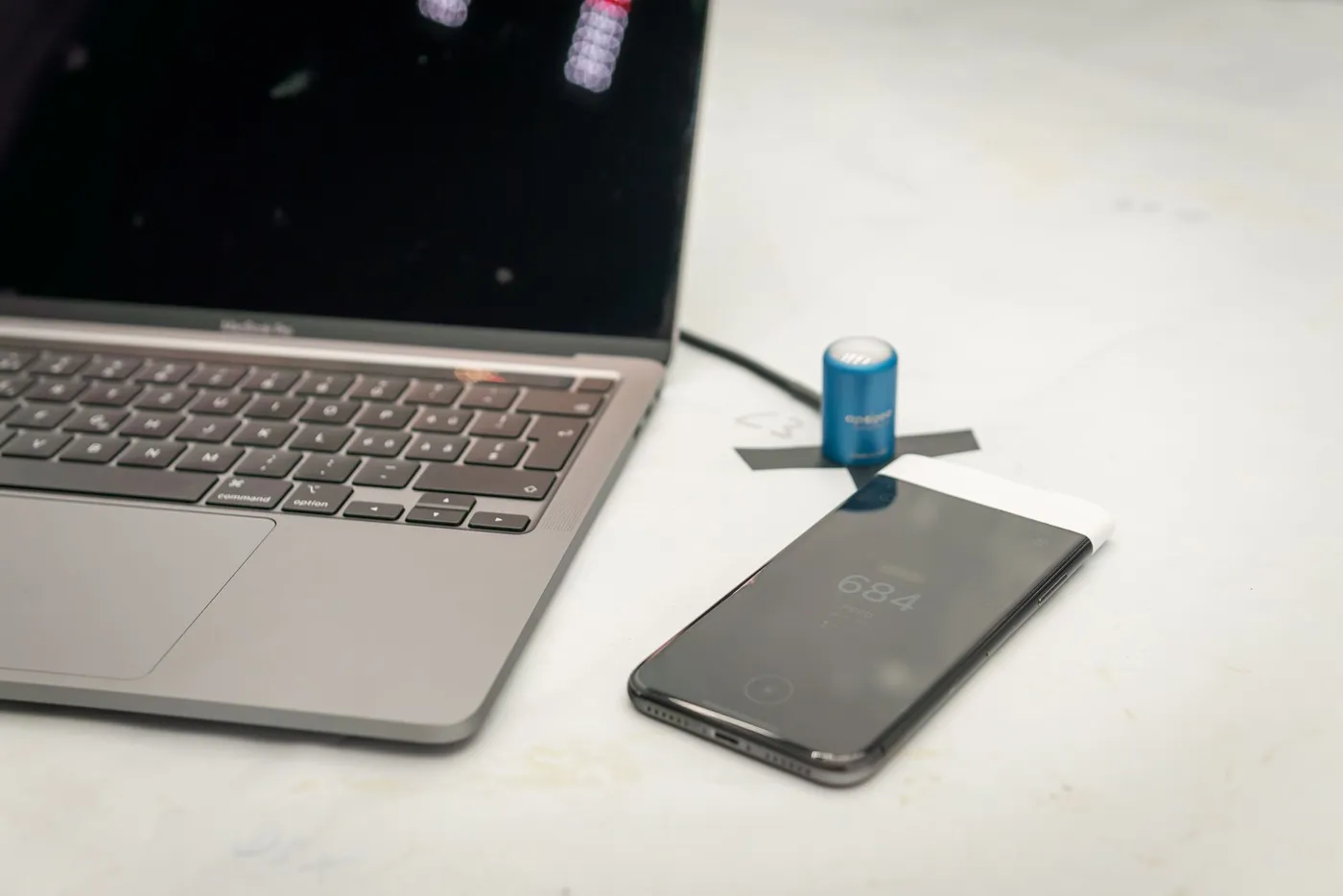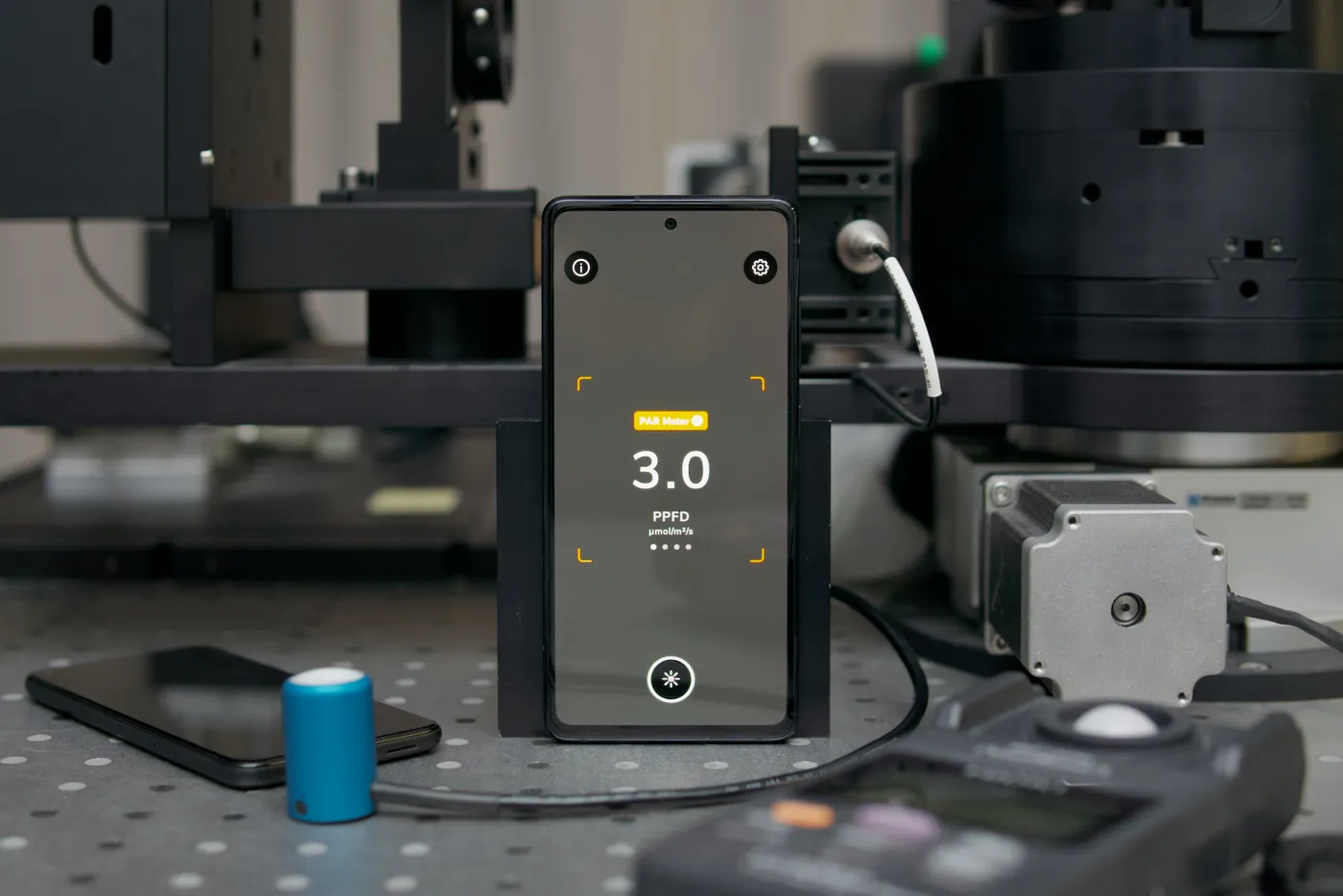
Auto-Translate
When growing plants indoors, the usage of artificial lighting for substituting sunlight becomes a necessity. As mentioned in our Correct Positioning of Grow Lights article, you have to provide indoor plants with the optimal amount of light for healthy growth. However, this isn’t as easy as it sounds because measuring light intensity is tricky business.

But there’s no need to worry because we’ve got you covered. In this quick guide, we will answer all your questions about measurements.
Before we dive in, we want to clear up one thing: measurements are never 100% accurate — which is why your readings deviate from device to device. We will get to why this happens in just a minute. Before we do that, let’s first dig into the theory of measurement.
Explaining Measurement
Measurement is generally defined as a technique in which properties of an object are determined by comparing them to a standard.

But that’s not all what a measurement is because it refers to not one but two things:
- The act of measuring.
- The result of measuring.
Now, the difference in these two things is best explained by the following example:
When you use a ruler to find the length of an object, the process you perform is the act of measuring and the observation you make is the result of measuring.
In this guide, we will talk about the result of measuring and refer to it as measurement. Now that you know what a measurement is exactly, let’s discuss why measurements deviate.
Why Are Measurements Never 100% Accurate?
As we mentioned at the beginning of this guide, measurements may vary from device to device because they are never 100% exact.
For those of you wondering why this happens, here’s an easy-to-understand explanation:
Since measurements are always taken by comparing an object with a standard (another object), the comparison is never 100% accurate and there’s always a tiny fraction of uncertainty, which is also referred to as an error. Errors are naturally associated with measurements because when we compare an object with a standard, we make an observation that isn’t 100% accurate.
Due to this error, the measurements you get of the same intensity of light or any other object (or object characteristic) may vary on different devices. The uncertainty, or error, is often so tiny that it is negligible. However, in other cases, the difference isn’t small enough to be ignored.

Now, before we share the method to reduce this error, first let’s take a look at some popular light meters in the market and their measurement uncertainties.
Popular Light Meters
| Light Meter | Price | Uncertainty |
|---|---|---|
| Uni-Trend UT383 | 17$ | ± 30% |
| Mastech MS6610 | 18$ | ± 30% |
| Hydrofarm Quantum PAR | 155$ | ± 20% |
| PCE 174 | 170$ | ± 5% |
| Extech Ea33 EasyView | 290$ | ± 3% |
| Apogee SQ-520 Quantum Sensor | 350$ | ± 5% |
| Extech LT40 LED | 500$ | ± 3% |
| Gossen Mavolux 5032 | 690$ | ± 7.5% |
As you can see, all of these devices have an uncertainty percentage. But this uncertainty is typically negligible and any reading you take from them will be nearly 100% accurate.
However, if you prefer to reduce these small uncertainties in a known context, then you have to rely on calibration.
Calibration — What It Is and How It Works
As we have mentioned earlier, it’s impossible to get a 100% accurate measurement. But with the help of calibration, you can reduce the uncertainty to such a small level that it becomes entirely negligible.
What is calibration? Let us explain:
Calibration is the technique of comparing measurement values of a device under test with those of a calibration standard of known accuracy. Calibration standards are devices — with known accuracy — that are compared against less accurate devices under test to verify their performance. The process of calibration is perhaps best explained by an example. So, here’s an easy-to-understand calibration example:
Let’s say a company is calibrating the measurements returned by their light measuring app with a trusted standard. Once the company gets the calibration results, the difference in uncertainty between the standard and the device under test becomes known. Then, all the company has to do is make the required adjustments to fix the uncertainty to such an extent that it becomes equal to the uncertainty of the standard, which is negligible.
Calibration in Photone
As we mentioned in the beginning of this guide, you have to provide your plants with the perfect amount of light for perfect growth.
The way to do that is by using a light measuring device. We recommend downloading our free light meter app Photone (previously named Korona) instead of wasting money on a dedicated light meter.

Photone offers as accurate measurements as any dedicated hardware light meter and is factory calibrated with a JIS C 1609:1993 Class A certified reference meter and reference sensors recalibrated with a quartz halogen lamp traceable to the National Institute of Standards and Technology (NIST). Furthermore, Photone even offers an in-app calibration option to ensure maximum accuracy on every individual device if desired. However, this is not necessary in almost any case.


 Share This
Share This









